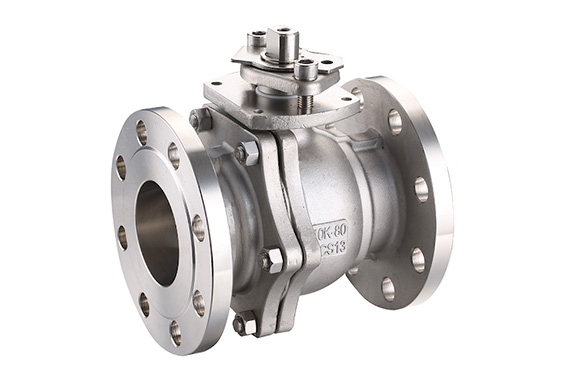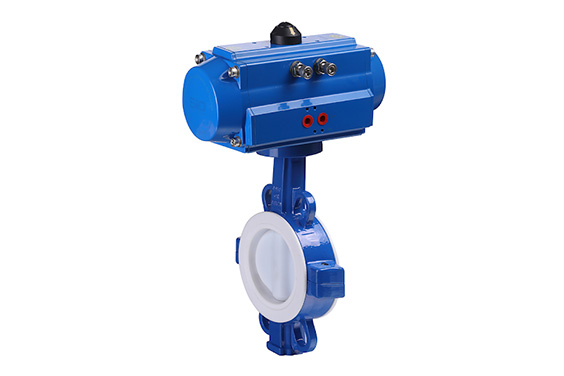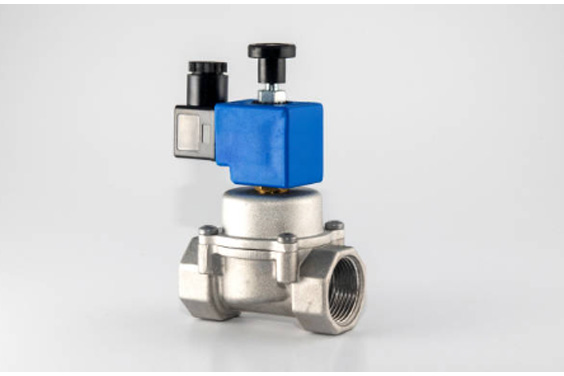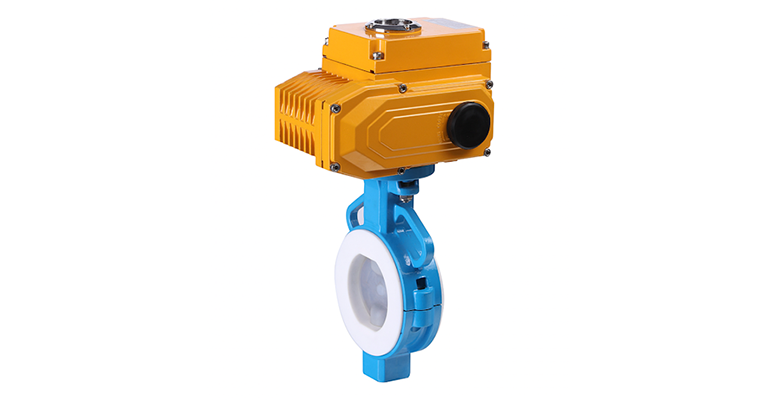Installing a fuel check valve is a great way to keep your car running smoothly. But where should you install it? This guide will help you choose the best spot for your fuel check valve. Keep reading to learn more!
Where To Install Fuel Check Valve
Checking your fuel valves is an important part of regular vehicle maintenance. Fuel check valves are installed in the fuel line between the fuel tank and the carburetor. They help to prevent fuel from leaking out of the carburetor when the engine is not running.
As a result, they play an important role in ensuring that your vehicle starts and runs smoothly. When installing a fuel check valve, it is important to choose a location that is easily accessible and does not require frequent removal.
The best location for the valve will vary depending on the make and model of your vehicle. However, common locations include near the carburetor or in the fuel line itself. For most vehicles, the fuel check valve can be installed without professional help. However, it is always best to consult your owner’s manual or a qualified mechanic before attempting any type of vehicle maintenance.
Do I need a check valve in my fuel system?
When your car’s engine is running, fuel is constantly flowing through the system. However, when you turn the engine off, this flow stops. This can cause problems when you try to start the engine again, as the fuel may not reach the engine in time. One way to solve this problem is to install a check valve in the fuel system.
This valve prevents fuel from flowing back into the tank when the engine is off, ensuring that there is always enough fuel available for starting. In addition, check valves can also help to prevent leaks by keeping fuel from escaping from the system.
As a result, they are an essential part of any well-maintained car. So if you’re wondering whether or not you need a check valve in your fuel system, the answer is probably yes!
How far should a check valve be from a pump?
A check valve is an important part of a pump system, but it’s not always obvious where it should be installed. As a general rule, the check valve should be installed as close to the pump as possible.
This will help to prevent any backflow from the pump, which could damage the pump or cause other problems. In some cases, the check valve may need to be installed further away from the pump, depending on the particular design of the system. However, this is usually not necessary and can add extra cost and complexity to the installation.
Ultimately, it’s up to the installer to determine the best location for the check valve, based on the specific requirements of the system.
Can you put a check valve before a pump?
While it may seem like a good idea to put a check valve before a pump, doing so can actually damage the pump and reduce its efficiency.
The reason for this is that, when the pump is turned off, the check valve will prevent the flow of water from the pump back into the system. This can cause a build-up of pressure in the pump, which can damage seals and valves.
In addition, the water that is flowing back into the system can also cause problems with the impeller, leading to a decrease in efficiency. As a result, it is generally best to avoid putting a check valve before a pump.








